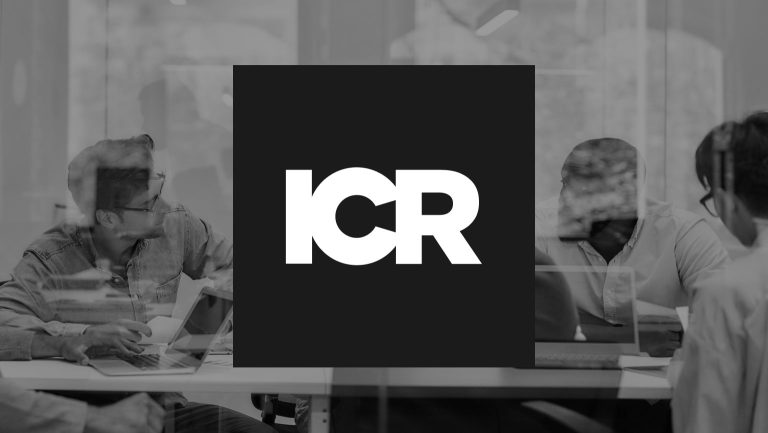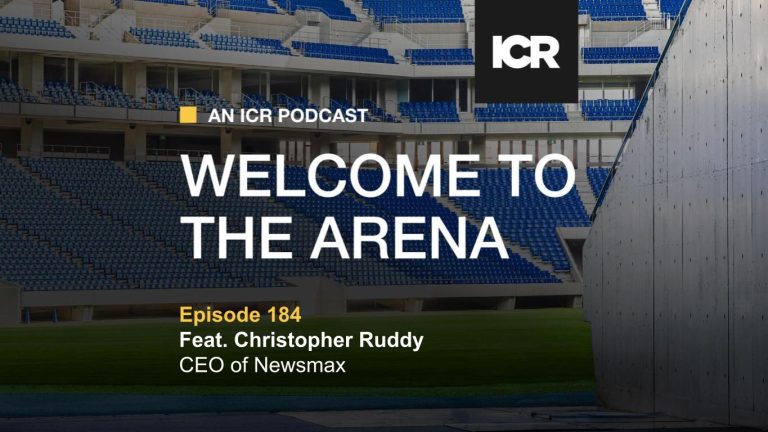The 2021 ICR Conference featured numerous public and private companies across the restaurant and food distribution landscape discussing the current environment, recovery efforts, and the (eventual) post-pandemic landscape.
While restaurant sales trends weakened in late 2020 due to further capacity restrictions, investors are clearly looking past these near-term challenges (as reflected by current valuations, with many companies at or near their pre-pandemic 52-week highs) in hopes of being rewarded with more efficient business models following this disruption. In fact, many believe that the negative effects on in-restaurant traffic from “social distancing” by consumers will begin to fade as COVID-19 vaccines become more broadly available, leading to broad-based industry traffic improvement by the second half of 2021.
That said, there are still some lingering risk factors (i.e., possible national minimum wage hikes, structural changes in consumer behavior), making some analysts more selective with stock recommendations. Specifically, they are favoring companies that: have the best chance of delivering share gains and strong earnings power exiting the pandemic; have good longer-term compounding growth characteristics or above average 2022 earnings visibility; and are trading at a relative valuation discount.
Here are a few common themes that transcended the 2021 ICR Conference presentations:
- Restaurant Sales Recovery Stalled in December: As virus cases spiked and states like California implemented more stringent lockdowns, industry sales trends faltered. After a consistent and steady recovery since April, industry same store sales as measured by Knapp-Track declined (21.8 percent) in November and (30.0 percent) in December. Not surprisingly, the weakness was led by California, which banned indoor and outdoor dining on December 6.
- Suburbs Outperforming Urban Markets: Also not a surprise, better performance in suburban markets was especially true for more upscale brands. Notably, some higher-end concepts said that they were performing exceptionally well on the weekends in the suburbs.
- Stimulus Checks: Recent stimulus checks are viewed as aiding the industry’s recovery, with near-term sales likely experiencing some boost (especially for quick-service). Wide availability of the vaccine, however, was really seen as the only true cure.
- Uneven Recovery Predicted: The industry recovery is likely to be uneven as it unfolds this year, more pronounced on the West and East Coast which have had more stringent capacity limitations for greater periods of time.
- Tough Times Breed Good Habits, Chains Poised to Take Share: Changes many chain restaurants have implemented during the past 11 months will lead to greater market share and higher margins once pent-up demand is unleashed. According to the National Restaurant Association (NRA), approximately 53% of casual dining operators and 35 percent of quick-service operators reported having fewer menu items compared with pre-COVID. These reductions are leading to more streamlined operations, faster service times, and greater profitability. Restaurant operators should therefore see a noticeable margin boost as sales recover. In addition, NRA estimates that 110K, approximately 17 percent of restaurants, have closed from COVID-19. With fewer restaurants expected to survive by 2022, operators see unit growth potential even as consumer demand for off-premises eventually settles to higher levels than pre-COVID.
While restaurants have been hard hit by the pandemic, 2020 forced businesses to revise offerings and processes so that those who emerge post-pandemic will likely be stronger and more financially sound.
If you missed the 2021 ICR Conference, you still have the opportunity to access all conference presentations and panels on-demand. Register here to receive full access.



